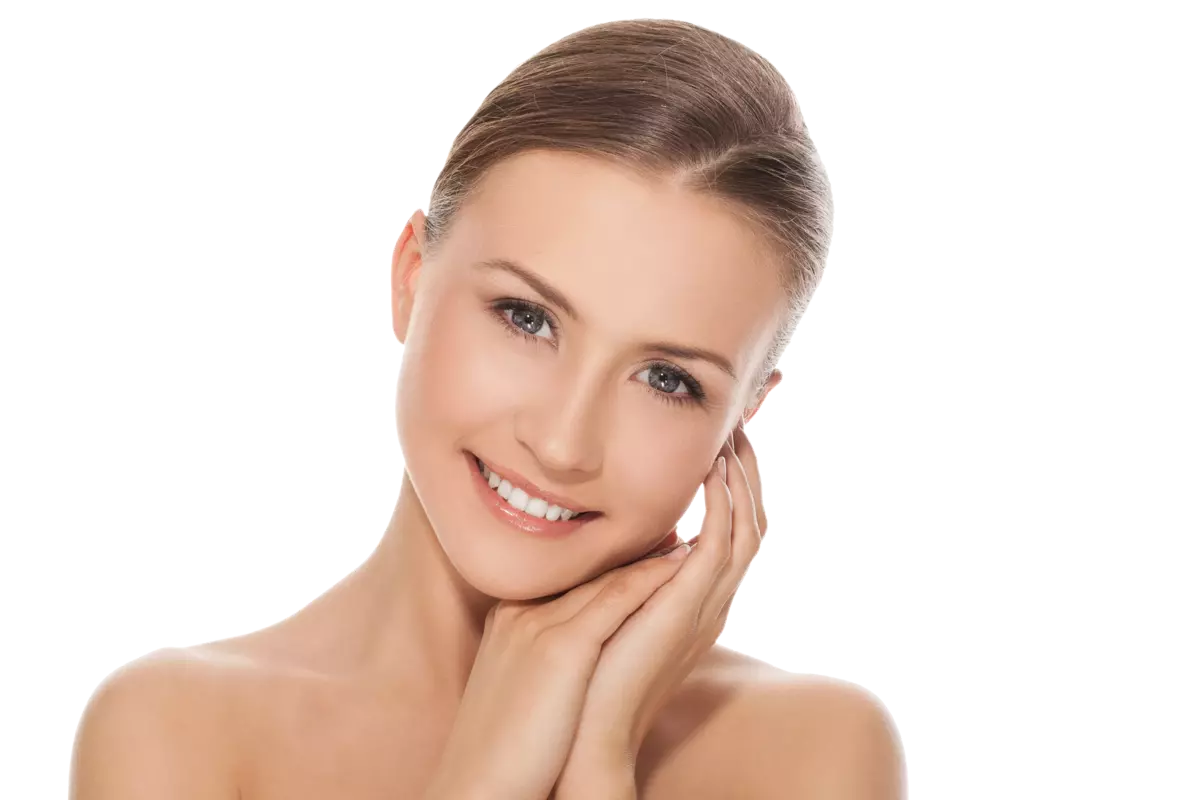What is a Callus Peel pedicure?
What is Callus Peel Pedicure? A Comprehensive Guide
Callus Peel pedicure is a specialized foot treatment designed to remove hardened, calloused skin using a gentle yet effective chemical peeling process. It is particularly beneficial for individuals dealing with cracked heels, calluses, and thickened skin on the feet.
How Does Callus Peel Pedicure Work?
Unlike traditional pedicures that rely on mechanical tools like scalpels or electric files, Callus Peel uses fruit acids to soften and break down dead skin, making it easy to remove without pain or discomfort.
Step-by-Step Process:
- Application of the Callus Peel gel – A special formula containing fruit acids (such as lactic acid, glycolic acid, and salicylic acid) is applied to the affected areas, usually the heels, ball of the foot, or sides of the toes.
- Wrapping the feet in plastic film – This step helps enhance the absorption of the active ingredients, ensuring deeper penetration into the hardened skin.
- Waiting time – The product is left on the skin for approximately 10–15 minutes, depending on the severity of the calluses.
- Gentle removal of dead skin – After removing the film, the softened dead skin is scraped off using a special plastic spatula.
- Smoothing with a foot file – Any remaining rough patches are gently buffed away to achieve a perfectly smooth finish.
- Moisturizing and nourishing – The treatment is completed with the application of a hydrating cream to keep the skin soft and supple.
Benefits of Callus Peel Pedicure:
✔ Pain-free – Unlike traditional callus removal methods using sharp blades, this treatment is completely painless and even relaxing.
✔ Immediate results – Skin feels noticeably softer and healthier after just one session.
✔ Safe and hygienic – There is no risk of cuts or infections, making this treatment ideal for diabetics.
✔ Long-lasting effects – Smooth skin can last for several weeks, especially with proper at-home foot care.
Who is it for?
✅ People with dry, cracked heels
✅ Those struggling with calluses, corns, or thickened skin
✅ Diabetics (as it minimizes the risk of cuts or infections)
✅ Anyone looking for a gentle but effective foot care treatment
How Long Do the Effects Last?
The effects can last 4–6 weeks, depending on individual skin type and post-treatment care. To maintain soft feet, regular moisturizing and avoiding barefoot walking are recommended.
Are There Any Contraindications?
Although Callus Peel pedicure is generally safe, it is not recommended for people with:
❌ Open wounds, cuts, or deep cracks in the skin
❌ Fungal infections (athlete’s foot or nail fungus)
❌ Severe skin inflammation
❌ Allergic reactions to any ingredients in the formula
Easy Waxing recommendation
Callus Peel pedicure is a quick, effective, and non-invasive way to remove thickened skin and calluses, leaving feet feeling smooth and refreshed. It is perfect for those looking for a gentle yet powerful solution without the risk of cuts or discomfort. For best results, regular moisturizing and foot care are key to maintaining softness and preventing further hardening of the skin.
Would you like tips on post-treatment foot care? 😊
Compendium of knowledge about Callus Peel Pedicure
- What is a Callus Peel pedicure?
- What acids are used in the Callus Peel treatment?
- What are the main benefits of an acid-based pedicure?
- Is the Callus Peel pedicure safe for all skin types?
- How long does the entire Callus Peel treatment take?
- What are the contraindications for a Callus Peel pedicure?
- Is an acid pedicure more effective than traditional callus removal with a drill?
- How often can the Callus Peel treatment be performed?
- Does the skin require special care after a Callus Peel treatment?
- Is Callus Peel suitable for people with very sensitive skin?
- What results can be seen after just one Callus Peel treatment?
- Can an acid pedicure be done in summer?
- Does Callus Peel help with cracked heels?
- Is the Callus Peel treatment painful?
- What other treatments can be combined with an acid pedicure for better results?
